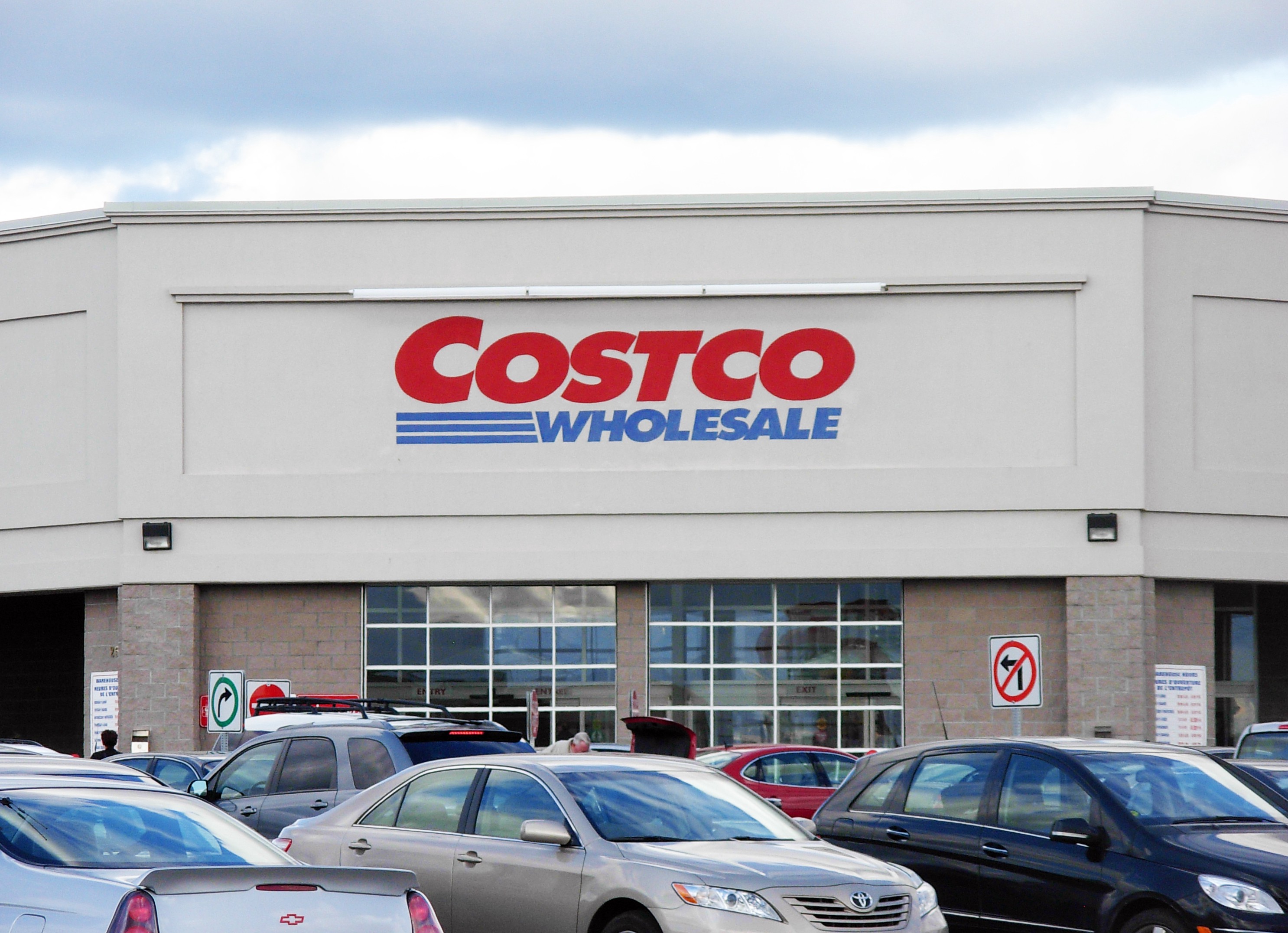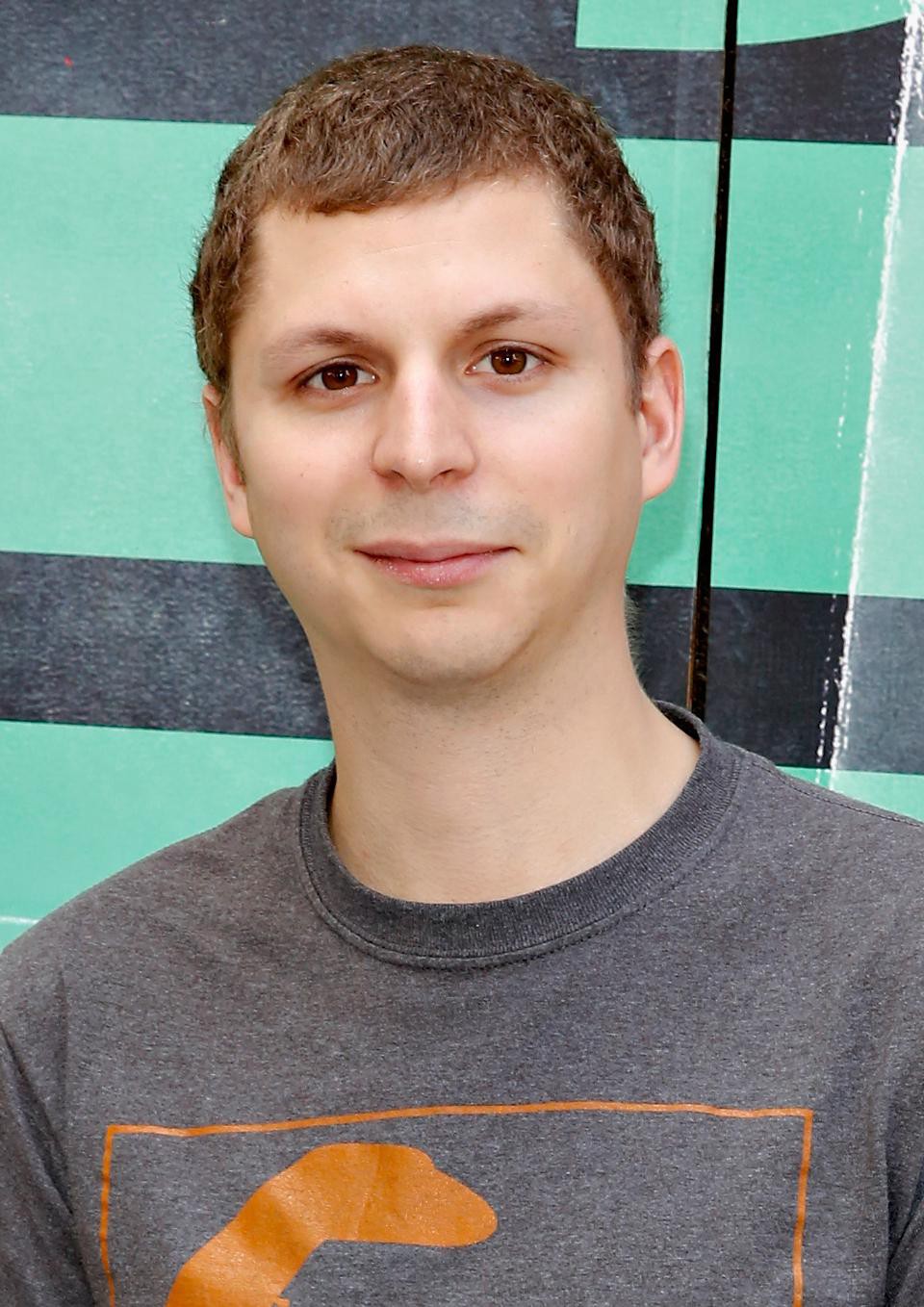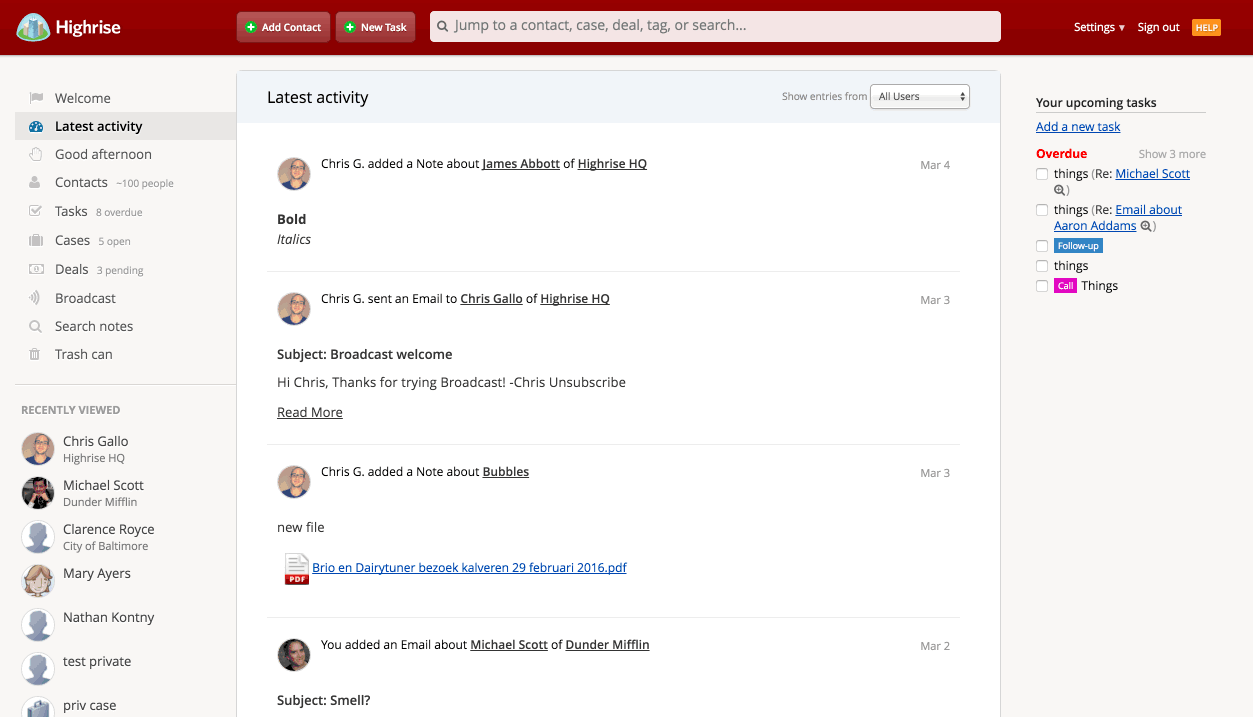
Many of us starting or running businesses often have a problem — no one cares
It’s the same problem high school seniors have competing to get into a good college. It’s hard. The ivy league? Yale’s acceptance rate is 6.3%. Stanford? Fogettaboutit. 4.7%
About a month ago news broke that a high school senior, Brittany Stinson, wrote an incredibly original essay that helped get her accepted not just into the university of her choice, but into 5 ivy league schools including Stanford. And oddly enough, it was about Costco.
But, something I feel that has gone overlooked is that this essay didn’t just help her with college applications; it’s brought her national fame.
She’s been covered by dozens of major publications. Business Insider wrote the first piece on it. Then NBC News, MTV, Cosmopolitan, Inc Magazine, Quartz, and I’ve given up counting at this point, have all chimed in or interviewed Brittany. Now how do we tap into that?
And here’s the thing, her essay is original. It’s unique. But I think there’s another component that if missed in our original work, we’d also miss the effect Brittany created.
Are original advertisements effective?
Most of us have seen an ad where on the next day we can’t even remember what it was for. That seems like a failure. Effective ads get attention but they also stick the ad’s brand into the memory of consumers.
Rik Pieters is a professor at the Tilburg School of Economics and Management where he specializes in marketing and consumer behavior. He realized that a great deal of money is spent making original advertising, but there’s not much research to see if it actually works. So he set out to measure it.
His hypothesis, was that, intuitively, original ads would perform better. So he took 119 participants and used infrared corneal reflection eye tracking to measure what folks look at when they scan through magazines. After the eye tracking study, he also gave them a test on what they remembered. A separate group of judges rated ads in those magazines on how “original” they were.
His hypothesis was confirmed. Folks do pay more attention and have more brand memory of original ads.
But Pieters also wanted to study the effect of “familiarity” of an ad. For example, an ad for a minivan might feel familiar no matter how original it is because we’ve all seen minivans and ads for them. Or an incredibly original ad like Dos Equis’ “most interesting man in the world” becomes familiar because we’ve seen it a hundred times.
The problem for advertisers is that we tend to pay less attention to things that even seem “familiar”. Pieters wanted to know: does originality get people to pay more attention and remember familiar ads? So he also had judges rate ads in magazines as familiar or not familiar.
Again, Pieters hypothesis was confirmed. Original ads did help people pay more attention and remember familiar ads.
But, you might figure original + unfamiliar ads get the most attention and are remembered the most.
Here’s the surprise. Original and familiar ads did better than all other types of ads (original + unfamiliar, unoriginal + familiar, unoriginal + unfamiliar).
It wasn’t just that original and familiar ads were more effective; they were the MOST effective.
Going back to Brittany’s essay, you’ll see already in the first couple lines it’s original. Brittany was asked to share a story about her background, identity, interest or talent. She starts with:
Managing to break free from my mother’s grasp, I charged. With arms flailing and chubby legs fluttering beneath me, I was the ferocious two year old rampaging through Costco on a Saturday morning.
That’s original. It doesn’t read like a college essay. It reads like humorous fiction. But it’s not just original, it’s familiar.
She made a bet that folks reading this would know what Costco was. Costco has 81 million customers who are extremely loyal. And they tend to be college educated and make over $100k. Odds are the folks reading her essay know exactly what she’s talking about when she writes:
I contemplated the philosophical: If there exists a thirtythree ounce jar of Nutella, do we really have free will?
Same familiar thought has probably crossed your mind. What’s up with giant tubs of Nutella? 🙂
Imagine how much success her essay would have had if it was written in this same original style, but about her experience with something unfamiliar to you, like an african thumb piano.
It’s Brittany’s ability to be original and familiar that gets our attention, and helps folks remember her when they have thousands of essays to go through.
So why did she also elevate to the point of national stardom? Well that’s another interesting benefit of surprise.
Research also shows that surprising events greatly improve the Word of Mouth of those events. By creating an original and familiar story, she not only elicits the most surprise from her readers, but readers want to pass it on. And they did. In droves.
As I look at what I’ve been the most successful at spreading, I can confirm Brittany’s technique is a useful one. I took a writing class at Gotham Writer’s Workshop. One of the instructor’s key tenets was to be original, but hook into a familiar topic. Use the news. What is everyone talking about?
So now my news reader is filled with pop-culture magazines like People and Vanity Fair. The essay I wrote for that class, Why are some people so much luckier than others, went viral. It has some original elements, but its success is also from the familiar story at the time of James Garner’s passing.
Since then, I’ve written a number of original pieces that have spread successfully, again I think due to a big effort to make them familiar. They’re about Ramen noodles, stolen cars, and even Ben Affleck — I bet no one else has compared Ben Affleck to an open source module, but you know who Ben Affleck is.
Here’s one last thing you might already be familiar with: The famous invisible gorilla experiment. Researchers had participants count how many passes a “white shirted” team made with a basketball, and participants completely missed the gorilla who took 9 seconds to cross the court.
Analysis of the experiment spends a lot of time talking about how it represents our selective blindness to the world. We only see what’s important to us. But I think there’s another incredibly interesting perspective to the experiment.
We’re often the ones in the gorilla suit. We try and get folks attention but they don’t see us; they’re engrossed in something else — the familiar. What would have happened instead if the basketballs changed colors or one of the players in white shirts disappeared from the game? I bet you would have noticed them. Those would have been surprising events, but would have also fit inside the familiarity of the task you were working on.
Don’t be the gorilla.
P.S. If you enjoyed this article, you should follow my YouTube channel, where I share more about how history, psychology, and science can help us make better decisions. And if you find yourself needing to better organize your small business, check out how Highrise can help!







